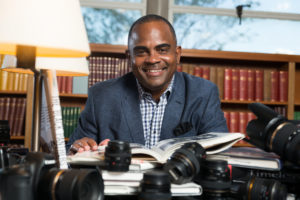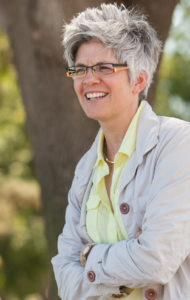Teaching with Digital Media
Welcome to the Wabash Center's blog series:
Teaching With Digital Media
This blog series focuses on teaching religious studies and theology with digital media. Blog/vlog writers address such questions as:
- What I have learned about teaching as I have taught with digital media?
- What I have learned about learning as I have taught with digital media?
- What are important considerations to remember when designing courses that involve digital media?
- How are faculty able to engage in questions of student formation through digital media?
- What fosters or impedes the development of learning communities through the use of digital media?
- What discoveries have you made as a teacher about student learning through the use of digital media?
- What student learning difficulties have you discerned in the use of digital media and how have you addressed them?
Sign-up to receive email alerts when new blogs are posted
Follow us on Twitter and Facebook to receive announcements of new postings.
Sign up for our eNewsletter to receive timely announcements of Wabash Center programs.
Select an item by clicking its checkbox
Egypt https://www.flickr.com/photos/ralphwatkins47/43570551171/in/album-72157669384150857/ What is the promise of documentaries for teaching and changing the world? Is the documentary the new pedagogical model for everyday classrooms? Is the professor of tomorrow not a lecturer or one who uses the Socratic method, forums, discussion boards, and ...
As a professor, I am caught in the midst of a revolutionary period in education and technology. Education has had a slow building relationship with technology and has even had a love-hate relationship with the use of social media, despite its impenetrable growing prevalence in our lives. For younger generations, ...
Years ago I devised a classroom demonstration, to use early in a semester when trying to help students become more aware, first, of the multiple dimensions of religion and, more importantly, of the ways in which diverse analytical lens for comparing and contrasting religion in a “toolbox for critical thought” ...
As a teacher trained in textual analysis and the religious practices of living human communities, the language of images, videos, and recorded sound are not my mother tongue. Yet, I know that for my students, communicating in an era where these visual forms of communication are the lingua franca of ...
In the first blog of this series (“Nobody Goes to the Cinema to Read the Screenplay"), I noted that I’ve tried to boost my multimedia literacy by becoming a student of the cinema and seeking convergences between filmmaking and homiletics for the purposes of enlivening the preached word, communicating ...




